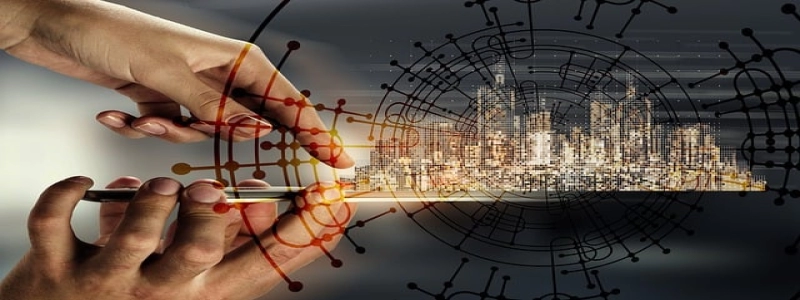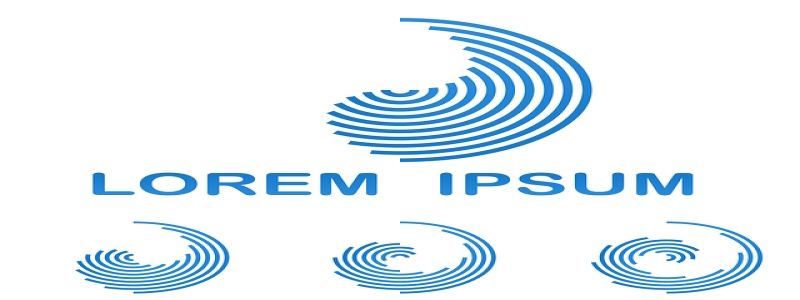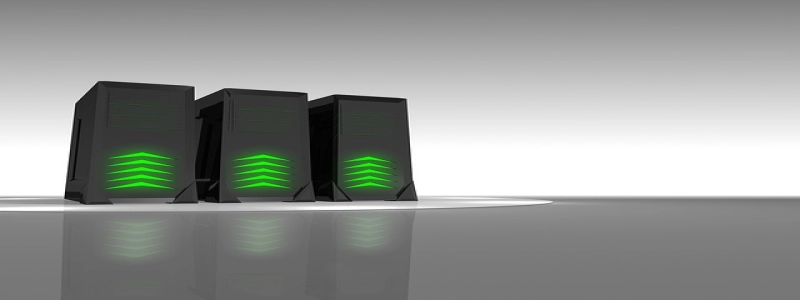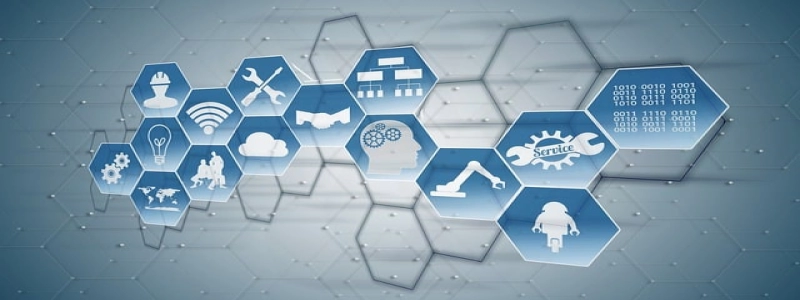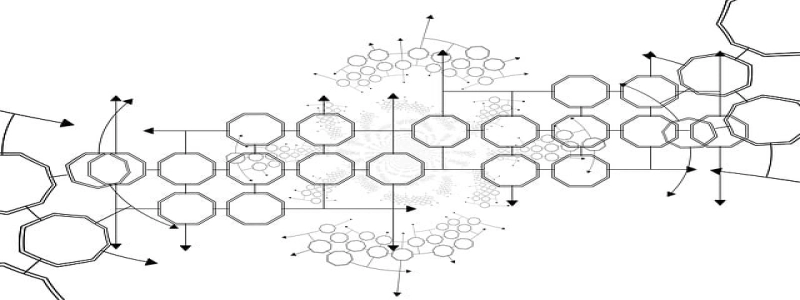Ethernet Category Chart
Introduction:
Ethernet is a widely used networking technology that allows devices to connect and communicate over a local area network (LAN). Over the years, Ethernet has evolved and improved to meet the increasing demands for faster and more reliable data transmission. This article provides a detailed explanation of the Ethernet category chart, which outlines the different types of Ethernet cables available.
Ethernet Category Chart:
1. Category 1 (Cat 1):
Cat 1 cables were primarily used for telephone wiring and cannot support data transmission rates higher than 1 Mbps. They are not commonly used for Ethernet networking.
2. Category 2 (Cat 2):
Cat 2 cables were designed for early Token Ring networks and can handle data transmission rates up to 4 Mbps. They are also not commonly used for Ethernet anymore.
3. Category 3 (Cat 3):
Cat 3 cables became the standard for Ethernet networking in the early 1990s. They can support data transmission rates up to 10 Mbps and are commonly used for voice and data applications in residential and small office environments.
4. Category 4 (Cat 4):
Cat 4 cables were designed to support data transmission rates up to 16 Mbps. However, they are rarely used today as they have been largely replaced by newer and faster Ethernet cables.
5. Category 5 (Cat 5):
Cat 5 cables are perhaps the most well-known and widely used Ethernet cables. They can support data transmission rates up to 100 Mbps and are suitable for both residential and commercial applications. Cat 5 cables consist of four twisted pairs of wires and are commonly used for connecting computers, routers, and switches.
6. Category 5e (Cat 5e):
Cat 5e cables are an enhanced version of Cat 5 cables. They can support data transmission rates up to 1 Gbps (1000 Mbps). Cat 5e cables also have stricter specifications for crosstalk and system noise, resulting in better performance and fewer errors. They are commonly used in both residential and commercial environments for high-speed internet connections.
7. Category 6 (Cat 6):
Cat 6 cables are designed to support data transmission rates up to 10 Gbps (10,000 Mbps) over short distances. They consist of four twisted pairs of copper wires, similar to Cat 5 and Cat 5e cables. However, Cat 6 cables have stricter specifications for crosstalk and system noise, ensuring reliable and high-speed data transmission. They are commonly used in commercial environments, such as data centers and offices, where high-speed networking is crucial.
8. Category 6a (Cat 6a):
Cat 6a cables are an augmented version of Cat 6 cables. They can support data transmission rates up to 10 Gbps over longer distances compared to Cat 6 cables. Cat 6a cables also have improved insulation and shielding, reducing crosstalk and interference. They are commonly used in commercial environments where high-speed and long-distance networking is required.
9. Category 7 (Cat 7):
Cat 7 cables are designed to support data transmission rates up to 10 Gbps over 100 meters of copper cabling. They feature individually shielded twisted pairs and improved shielding overall, providing better resistance to crosstalk and interference. Cat 7 cables are commonly used in critical applications, such as data centers and industrial environments, where reliable and high-speed networking is essential.
Conclusion:
The Ethernet category chart provides a comprehensive overview of the different types of Ethernet cables available for various networking applications. From Cat 1 to Cat 7, each category offers different data transmission rates and performance specifications. Choosing the appropriate Ethernet cable for your needs is crucial to ensure reliable and efficient data communication.

